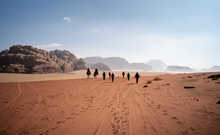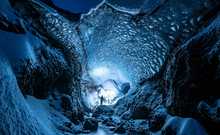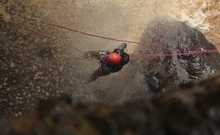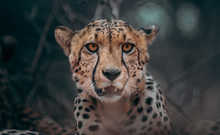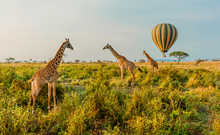Exploring the Amazon rainforest
Spanning eight countries and one overseas territory, the Amazon rainforest is arguably Earths biggest asset. Made up of over 390 billion trees and covering approximately 7 million square kilometres, this rainforest is the largest remaining forested area in the world and can even be seen from space. Visitors come from all over the globe to experience the magic of this incredible habitat so we thought we’d delve deeper into the Amazon rainforest and give you the lowdown on where you can find it, how to access it, why it’s important and when to visit. Read on to find out more.
Where is the Amazon rainforest?
The Amazon rainforest sits in the Amazon basin, which is a region of South America, through which the Amazon River flows, the second largest in the world. The majority of rainforest can be found in Brazil, followed by Peru, Columbia, Venezuela, Bolivia, Ecuador, French Guiana and Guyana. Brazil is probably the easiest and most popular place to visit the Amazon rainforest from, but we’d suggest that accessing it from Peru, Ecuador or Guyana offers a more authentic experience, with less crowds but still plenty to see.
Who live in the Amazon rainforest?
It was once thought that it was unsustainable to live in the Amazon rainforest as dense tree growth prohibited agriculture therefore indigenous tribes could only rely on hunting for food. This has since been disproved by anthropological findings which suggest that over 5 million people may have been living in the jungle around the 15th century. Today it is estimated that over 30 million people live in the Amazon rainforest across 350 different ethnic groups in over 3,300 indigenous territories.
Besides the humans that live here, there are over 3 million animals who live in the Amazon rainforest, including over 400 mammal species, 2.5 million insect species, more than 1,200 bird species, almost 400 reptile species, over 400 amphibian species and 3,000 species of fish, all supported by over 40,000 different plant species. In fact, 20% of the world’s birds and 20% of the world’s fish can be found here!
One of the highlights of visiting the Amazon basin is the chance to spot some of the incredible wildlife, many of which can only be found here.
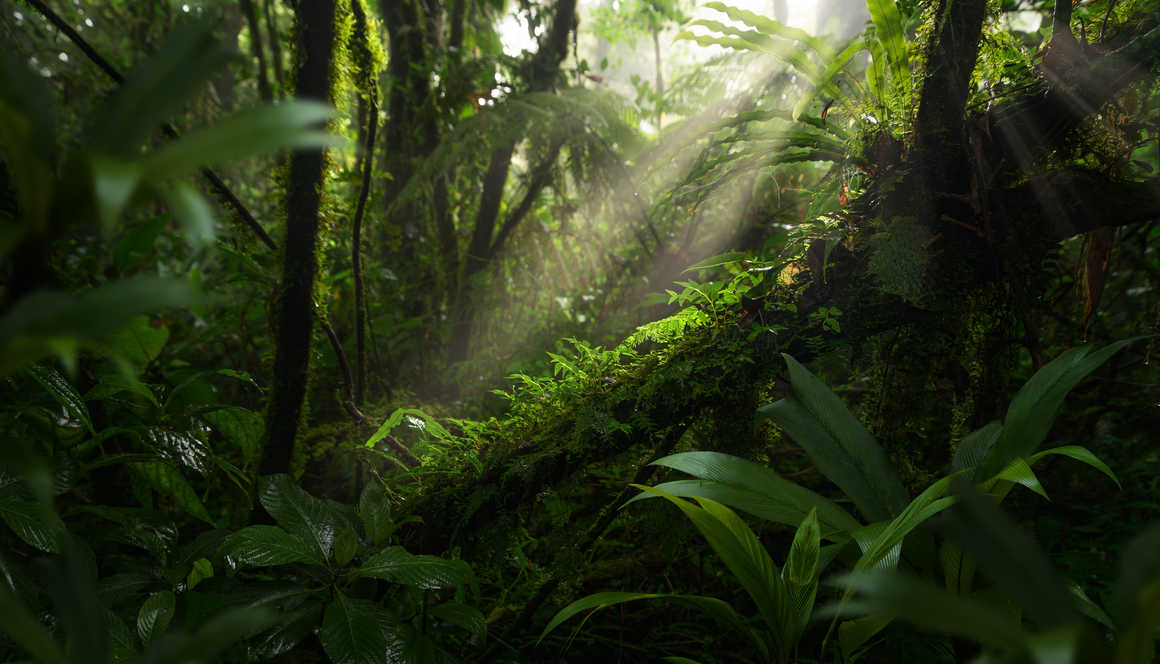
Why is the Amazon rainforest important?
In addition to the plethora of species that call the rainforest home, the Amazon rainforest is a vital resource for the planet. It stores carbon, releases water into the atmosphere, regulates the temperature of the surrounding environments, provides a home for 10% of all species on earth and acts as an important source of food and medicine. In addition to all this, rainforests are essential for regulating the world’s climate and as the Amazon is the largest rainforest, protecting it is hugely important.
Without the Amazon rainforest, less carbon would be consumed from the atmosphere, less oxygen would be produced, loss of habitat would endanger thousands of animal and plant species, climate change would be accelerated, weather patterns would become more unpredictable, and drought and flooding would become more common all over the world.
Conservation of the forest is improving with reforestation initiatives, more transparency about where beef comes from, better traceability of timber to prevent illegal logging, more land being designated as protected and sustainable tourism being promoted as a way to support indigenous communities whilst ploughing back resources into conservation efforts.
So, why visit the Amazon rainforest?
Whilst not officially one of the seven natural wonders of the world, which we think is a major oversight, the Amazon rainforest is an important natural wonder that needs to be seen to be fully appreciated. Experience the cloud forest from the waterways with a scenic boat tour and watch out for pink river dolphins, piranha and howler monkeys swinging from the trees, or take a high walk amongst the canopy on an elevated boardwalk in the trees. Trek the awesome tepuis of Guyana that rise from the forest seemingly defying gravity or stay in an ecolodge for incredible sunsets to the music of the jungle.
The scenery here is truly breathtaking. From huge rivers to cascading waterfalls, exotic flowers and insects that look out of this world, the sights and sounds of the jungle are a must-see. The sheer scale of the rainforest is unbelievable and with so many plant and animal species still to be discovered, it’s easy to see why the Amazon attracts researchers, biologists and naturalists from all over the world.
The Amazon rainforest is also a paradise for adventurers with unparalleled forest trekking and adventure activities galore. The chance to spot unique flora and fauna in one of the most biodiverse places in the world is a huge draw for visitors and the visitor economy is increasing year on year.
Tourism to the Amazon raises awareness of the need to conserve the forest and funds initiatives that go towards protecting the land, equipping indigenous people with a sustainable living within the rainforest and incentivises South American governments to legislate for change, and enforce the laws they make.
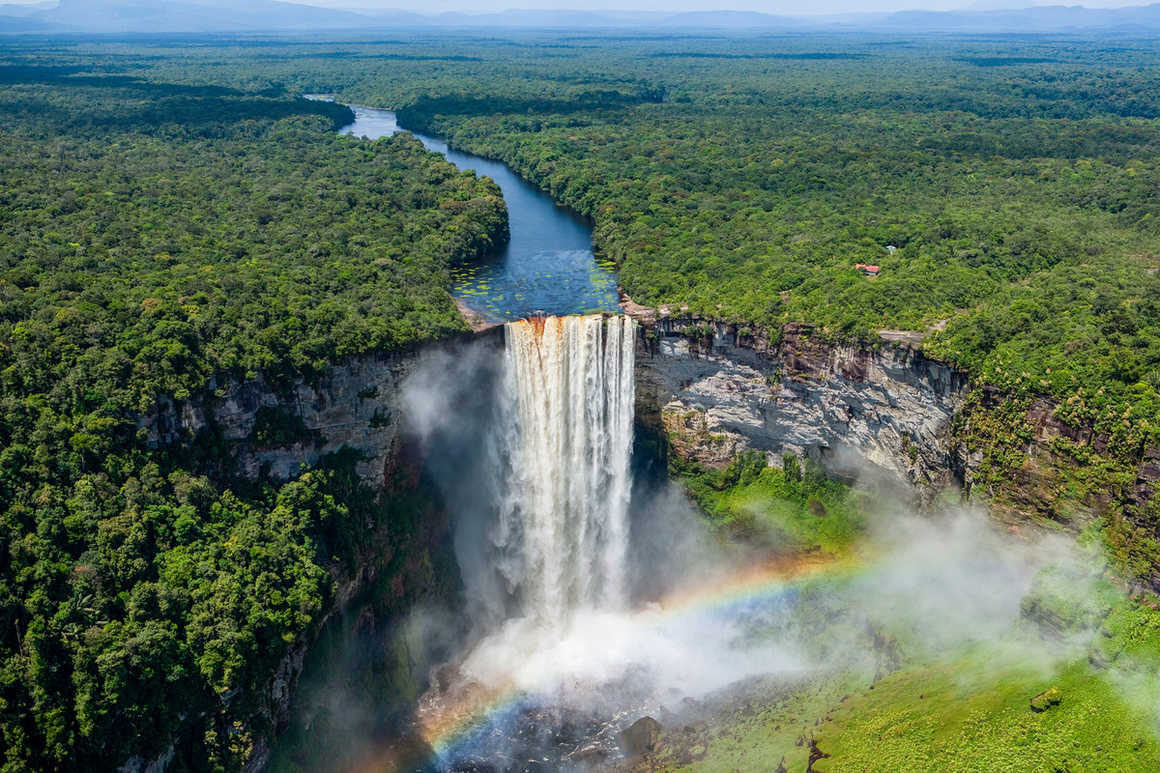
Best time to visit the Amazon rainforest
The Amazon rainforest is hot and humid all year round. There is a dry and a wet season, but these should probably be called drier and wetter as you’ll still experience rain in the dry season and rain-free days during the wet season.
For exploring the jungle, we’d suggest that visiting during the months of June – November is probably the best time to visit the Amazon rainforest. During this time the trails are easier to follow, and the water levels are lower making it a better time to journey through the trees by boat. Although it is slightly hotter during the dry season, there is slightly less humidity so less mosquitos about and it’s easier to spot the local wildlife when the vegetation is drier.
What to wear in the rainforest?
It can be tricky to know what to wear for a hot and humid environment, especially when there are little critters about. Covering up is a good idea with long sleeves and long trousers, covered shoes and a hat with a brim to protect your face from any sun penetrating the canopy. Avoid darker colours which are more likely to attract insects and opt for lighter, neutral colours. Sturdy boots will support your ankles on uneven terrain and taking several pairs of walking socks to change into will keep your feet dry and free from blisters.
If you’re travelling by boat, sunscreen will be important as you’ll be more exposed on the water. If you’re trekking through the trees, wear hiking clothing that wicks away moisture, helping you to stay dry and as cool as possible. Take a light waterproof hard shell for protection during downpours that will dry out quickly in between showers.
A small daypack will be useful for carrying water, of which you’ll need plenty to stay hydrated, insect repellent and sunscreen and snacks.
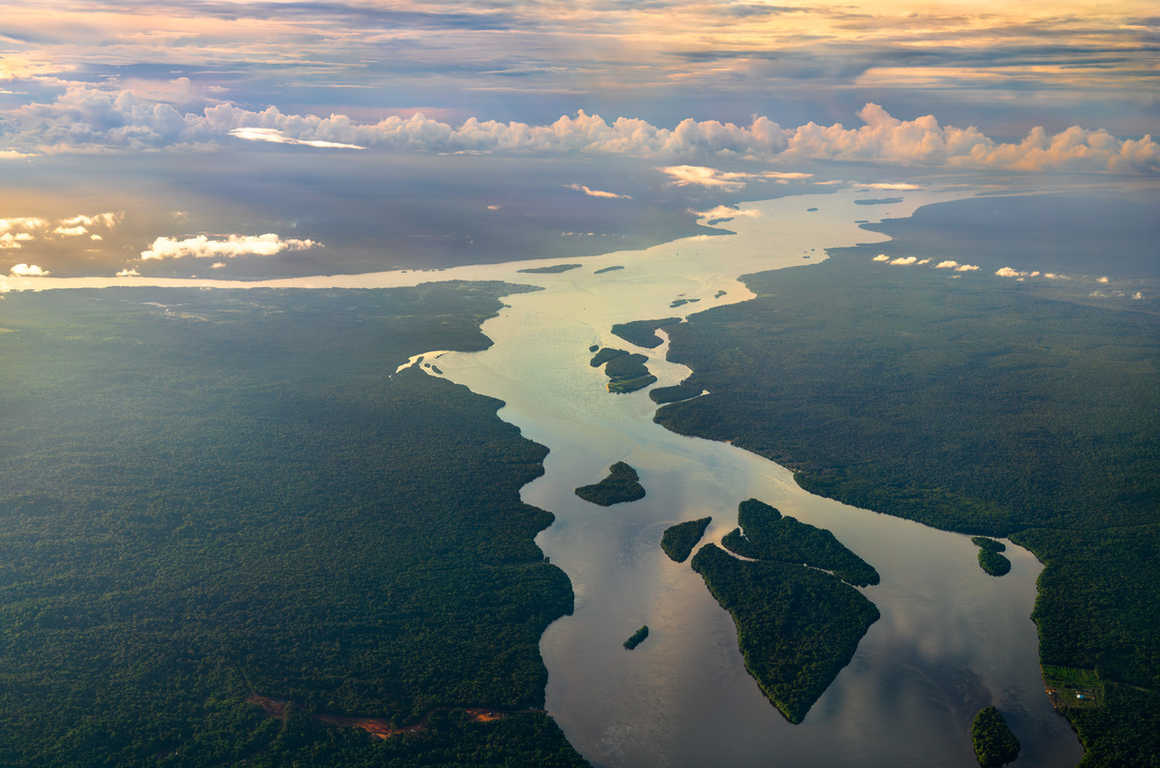
Is the Amazon rainforest safe?
The Amazon rainforest is a wild, remote place home to some of the deadliest creatures on the planet. If you are wondering, what is the Amazon like, then picture this – thick, dense vegetation, lush tropical plants and alien-looking flowers, winding trails disappearing through seemingly impenetrable jungle with the sound of millions of insects and hundreds of birds chattering around you, unseen but definitely heard.
The rainforest is an assault on the senses and an experience like no other. Exploring the jungle on dedicated trips to the Amazon offers insight into this incredible place from the safety of a group tour. With knowledgeable guides, plenty of support and stringent safety management systems covering all eventualities, visiting the Amazon rainforest is safe so long as you listen to the instructions of your guides.
Avoid wandering off the trail, wear long clothing and covered shoes, sleep under a mosquito net and don’t eat anything you shouldn’t. Follow these rules and there is no reason at all why you should worry about a visit to the Amazon rainforest.
10 facts about the Amazon rainforest
- Did you know that over half of the dust that acts as an
important fertiliser for the Amazon rainforest comes from the Sahara Desert?!
The helpful phosphorous contained in the dust particles, transported by wind
across the Atlantic Ocean from Africa to South America, replaces that which
leeches out of the soil due to heavy rain and floods.
- Due to the sheer scale and inaccessibility of the
rainforest, remote sensing is used to map the Amazon basin, monitoring
deforestation, detailing tree growth stages and supporting indigenous tribes to
manage their territories. This can be done from anywhere in the world and uses
satellite technology and thermal imagery to scan this important natural wonder.
- In one hectare of Amazon rainforest there could be as many
as 1 billion invertebrates!
- It is estimated that around 25% of our modern medicines
originate from rainforests, and that’s just from plant species we know about!
Imagine what cures are still yet to be discovered here!
- Based on anthropological findings, we know that people have
inhabited the Amazon rainforest for thousands of years.
- Ecuador was the first country to forbid selling land
containing rainforest to oil companies, leading conservation efforts to quell
deforestation from mining.
- The Amazon rainforest covers approximately 40% of the South
American continent.
- The mighty Amazon River runs through the heart of the
rainforest, from the Andes Mountains in Peru to the Atlantic Ocean in
Brazil. Whilst it is not quite the longest river in the world, it is the
largest river in the world by volume.
- Some of our favourite foods originate from the Amazon
including chocolate, coffee and bananas.
- It is estimated that over 17% of the Amazon rainforest has
already been lost to deforestation to make way for cattle ranches for meat and
dairy and to grow soybeans and palm oil.
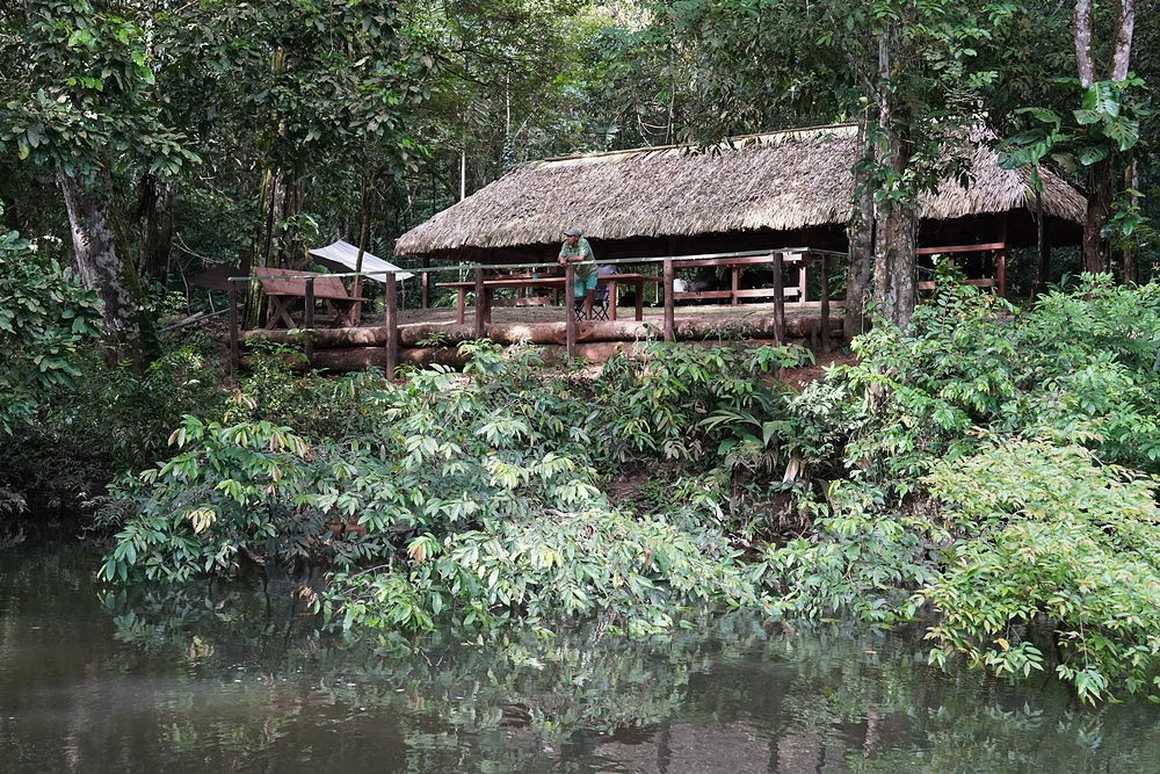
Visit the Amazon with Kandoo Adventures
Kandoo offer some fantastic trips to South America. We think the best places to visit the Amazon rainforest from are Guyana or Peru, and we have great itineraries to explore the jungle from both countries.
Maybe you’ve just visited Machu Picchu or you’re on a longer adventure holiday across the Americas. Fly to Puerto Maldonado in southwest Peru, known as the gateway to the southern Amazon, and from here you can begin a multi-day Amazon rainforest trip through the extraordinary jungle. Sleep in an ecolodge deep in the forest and experience the dawn and dusk chorus while looking for wildlife, exploring the region by boat and on foot.
From Guyana, enjoy a trip trekking the tepuis that protrude from the forest canopy before heading downstream into the Amazon basin to hike along the fringes of the rainforest, taking in soaring waterfalls and cascading river rapids, brilliant flora and elusive fauna. Our Kanuku Mountains trip is another awesome rainforest expedition not to be missed!
We offer incredible adventure holidays to unforgettable destinations, and the Amazon is no exception. Explore this magical place with us for an experience like no other.
